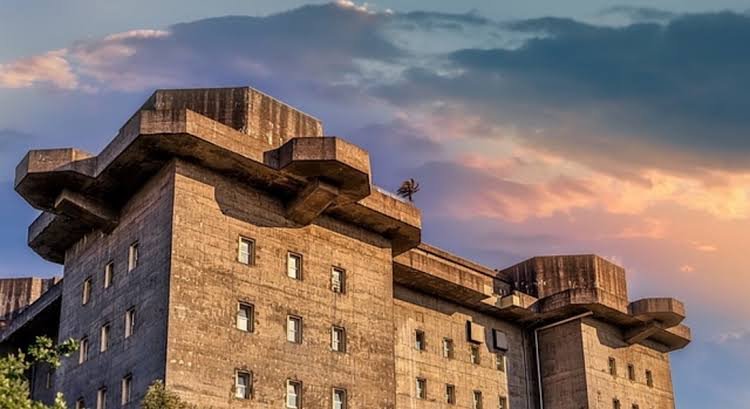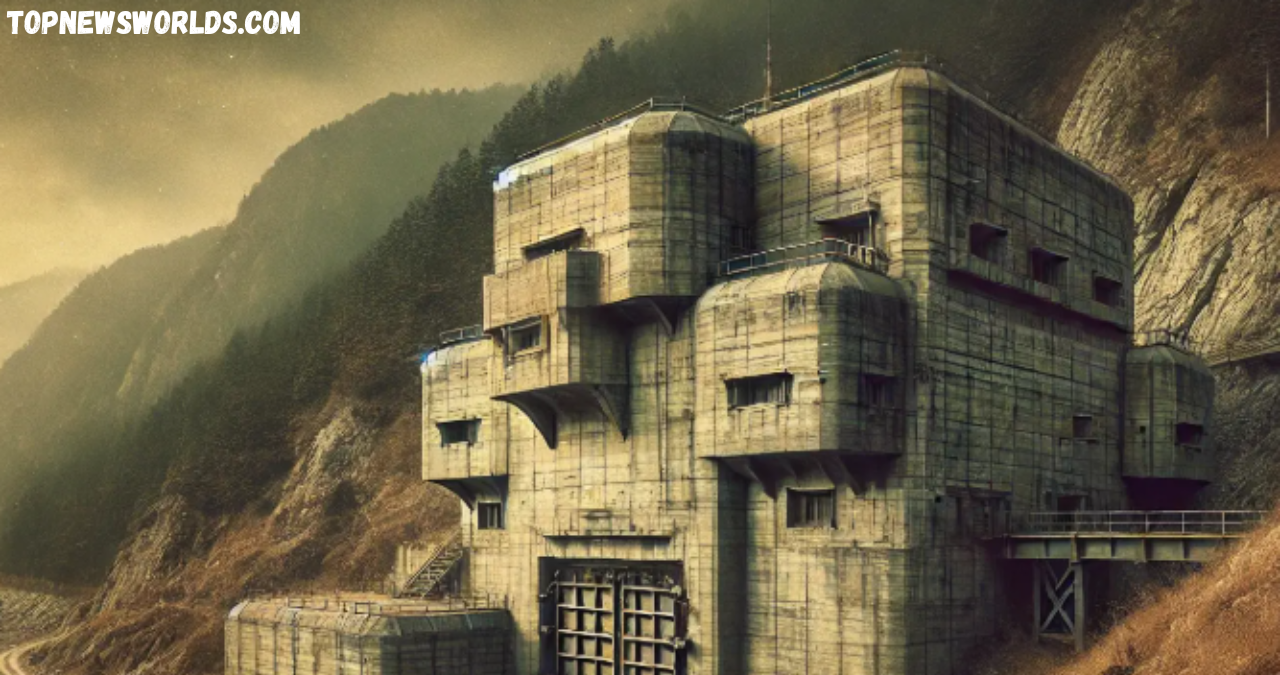In a digital world where the Miiyazuko Bunkrr between reality and fiction are constantly blurred, a mysterious term has begun echoing across obscure forums and niche online communities Miiyazuko Bunkrr. To the average internet user, the phrase might seem like gibberish or an abstract username. But to those deep in the digital trenches, Miiyazuko Bunkrr is a symbol of curiosity, enigma, and a certain underground reverence. It’s whispered in the same breath as digital mysteries like Cicada 3301 or the deep net’s enigmatic chatrooms—just enough information to spark intrigue, but never enough to satisfy it.
The lore surrounding Miiyazuko Bunkrr is layered with ambiguity. Some believe it’s a covert platform, a digital sanctuary for a select few. Others argue it’s a sophisticated ARG (Alternate Reality Game) or an experimental art piece testing the limits of digital narrative and communal interaction. What’s clear is that Miiyazuko Bunkrr exists at the intersection of digital folklore, cyber aesthetics, and user-driven storytelling.
This article aims to peel back the layers of the Miiyazuko Bunkrr phenomenon—uncovering its roots, speculated structure, cultural impact, and the ethical questions it raises. Whether it’s a hoax, a project, or a collective digital hallucination, Miiyazuko Bunkrr challenges us to reconsider the nature of secrecy, community, and curiosity in the age of the internet.
Origins and Etymology of Miiyazuko Bunkrr
The term “Miiyazuko Bunkrr” is as cryptic as it is captivating. “Miiyazuko” appears to have an exotic, possibly East Asian flavor—reminiscent of Japanese linguistic patterns—while “Bunkrr” is a stylized twist on the word “bunker.” Together, the phrase conjures the image of a hidden refuge, steeped in anonymity and perhaps even rebellion. But this is no traditional safehouse—this is digital, surreal, and shrouded in electronic fog.
Speculation runs rampant regarding the first appearance of Miiyazuko Bunkrr. Some claim it emerged in the early 2020s on encrypted messaging boards or dark net forums, often accompanied by cryptic ASCII art, encoded links, or surreal poetry. Others believe it may have originated as a username or code name for an experimental web project, slowly evolving into a collective myth as more people encountered and interpreted its traces. These vague breadcrumbs, scattered across the web, have only added to its mystique.
There are strong arguments suggesting that Miiyazuko Bunkrr is part of an ongoing Alternate Reality Game (ARG), a genre of interactive storytelling that thrives on mystery, puzzles, and participation. Alternatively, it might be a deliberately obscured digital art installation, designed to provoke thought about the nature of access, control, and perception in the digital era. The absence of clear authorship or central narrative only fuels its reputation as a modern myth in the making—a riddle wrapped in code, buried in cyberspace.
Architecture and Features of the Miiyazuko Bunkrr
Though its actual existence remains disputed, descriptions of Miiyazuko Bunkrr’s “interface” often follow eerie, poetic patterns. Users describe encountering heavily encrypted environments, multi-layered access portals, and content that appears fragmented yet thematically linked—like shards of a shattered mirror reflecting a distorted reality. Each fragment—be it a passage, an image, or a puzzle—supposedly leads deeper into the Bunkrr, creating a sense of digital descent.
At the structural level, Miiyazuko Bunkrr is rumored to mimic the design of abandoned military bunkers—cold, minimal, cryptic—yet draped in cyber-noir visuals. Accessing the site, if it exists, is not straightforward. Multiple users have mentioned the need for invitation codes, time-specific URLs, or even interaction with a bot-like gatekeeper to proceed beyond the welcome screen. This barrier to entry enhances the sense of exclusivity and adds layers to the mythos.
Inside, the content is said to vary: surreal audio diaries, philosophical treatises, coded messages, and symbolic visuals that resist easy interpretation. Some claim to have found “rooms” that house chat logs between unknown users, suggesting an active, though hidden, community. Others point to encrypted archives—possibly ZIP files or audio logs—that contain messages in obscure dialects or artificial languages. The Bunkrr feels designed not for ease of use but for the thrill of exploration. It is less a website and more a labyrinth of digital esoterica—accessible only to those who know how to read between the lines.
The Subculture and Digital Footprint
Miiyazuko Bunkrr has fostered a strange and passionate following. Often comprising cyberpunk enthusiasts, ARG players, tech-savvy artists, and underground archivists, the community surrounding the Bunkrr treats it less like a platform and more like a sacred puzzle. These digital devotees don’t just visit—they decode, speculate, and build upon the mystery. They share fan theories, trace linguistic patterns, and develop intricate timelines. Every new discovery—real or fabricated—adds to the growing tapestry of lore.
The visual language of the subculture is equally compelling. It borrows heavily from glitchcore, vaporwave, cyber-noir, and lo-fi surrealism—imagery defined by distortion, neon hues, and nostalgia for a digital past that never quite existed. Posts relating to the Bunkrr often feature cryptic symbology, flickering text, or layered soundtracks that mimic the feeling of being submerged in data. The aesthetics are not merely decorative; they’re an extension of the Bunkrr’s myth—visual riddles in themselves.
Identity within the Bunkrr subculture is intentionally vague. Many users adopt code names or AI-generated avatars, preferring pseudonymity over real-world identification. This anonymity fuels a culture of mystery and allows users to role-play as archivists, hackers, or prophets within the digital labyrinth. The Bunkrr becomes not just a place to explore but a narrative to co-create, blurring the line between observer and participant. It is, in many ways, the internet’s version of a secret society—equal parts art, myth, and immersive theater.
Ethical and Legal Implications

With anything shrouded in mystery and exclusivity comes ethical uncertainty. Miiyazuko Bunkrr, due to its alleged obscurity and user-generated mythology, has raised eyebrows in both legal and moral circles. Is it a harmless game? An encrypted hideout for digital experimentation? Or something more dangerous lurking beneath aesthetic layers? The lack of transparency leaves these questions unanswered.
One concern lies in misinformation. As users pass speculative content off as “canon,” the line between fiction and fact blurs dangerously. This becomes especially problematic if malicious actors exploit the ambiguity—disseminating propaganda, harmful content, or malware under the guise of Bunkrr-related files. While there is currently no verifiable link to such activity, the potential is real.
Another issue involves consent and digital surveillance. If the Bunkrr contains chatrooms or logs, who owns the data? Is it being recorded or analyzed? The opacity of its structure makes it nearly impossible to guarantee digital safety, especially for curious users diving in without proper cybersecurity knowledge. Additionally, if the Bunkrr is indeed part of an ARG or art project, questions of ethical participation arise: are people being manipulated emotionally or psychologically in the name of immersive storytelling?
Ultimately, Miiyazuko Bunkrr challenges the very idea of digital boundaries—between creator and consumer, truth and fiction, freedom and risk. It invites exploration, but not without consequence. It’s a space that asks us not just what we seek, but what we are willing to risk to find it.
Conclusion
Miiyazuko Bunkrr is more than a strange phrase—it’s a digital legend, a question without an answer, and a reflection of our ever-deepening entanglement with cyberspace. Whether it is an ARG, an elaborate art project, or an internet-born myth, its impact lies in its ability to spark curiosity and cultivate community through mystery. It plays with our innate desire to know, while always staying one step ahead—just out of reach.
In an age of transparency and data overload, Miiyazuko Bunkrr represents a countercurrent: the value of the hidden, the unknown, the esoteric. It asks not for followers, but for seekers. And in that sense, it becomes more than a digital destination—it becomes a mindset. Perhaps the Bunkrr isn’t a place at all, but a reminder that some stories are meant to be explored, not solved.
FAQs
What exactly is Miiyazuko Bunkrr?
Miiyazuko Bunkrr is a mysterious digital concept, rumored to be an encrypted website, ARG, or underground digital art project. Its true nature remains speculative.
Is there any proof that Miiyazuko Bunkrr exists?
There is no verifiable, publicly accessible proof. Most references exist on obscure forums or encrypted networks, enhancing its mystique.
Can anyone access Miiyazuko Bunkrr, or is it invitation-only?
It’s widely believed that access is limited—requiring invitations, time-sensitive URLs, or solving digital puzzles.
Is Miiyazuko Bunkrr part of an ARG or a real digital phenomenon?
It could be either. Many theorize it is an ARG or a meta-art project, but no official source has confirmed this.
Are there any legal risks in exploring or discussing Miiyazuko Bunkrr?
While discussion is generally safe, attempting to access encrypted systems or unknown files could carry digital security and legal risks. Always proceed with caution.
You May Also Read: https://topnewsworlds.com/kristin-grannis/




